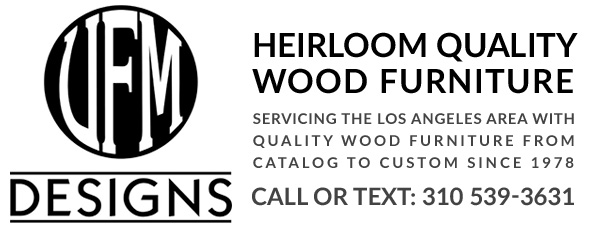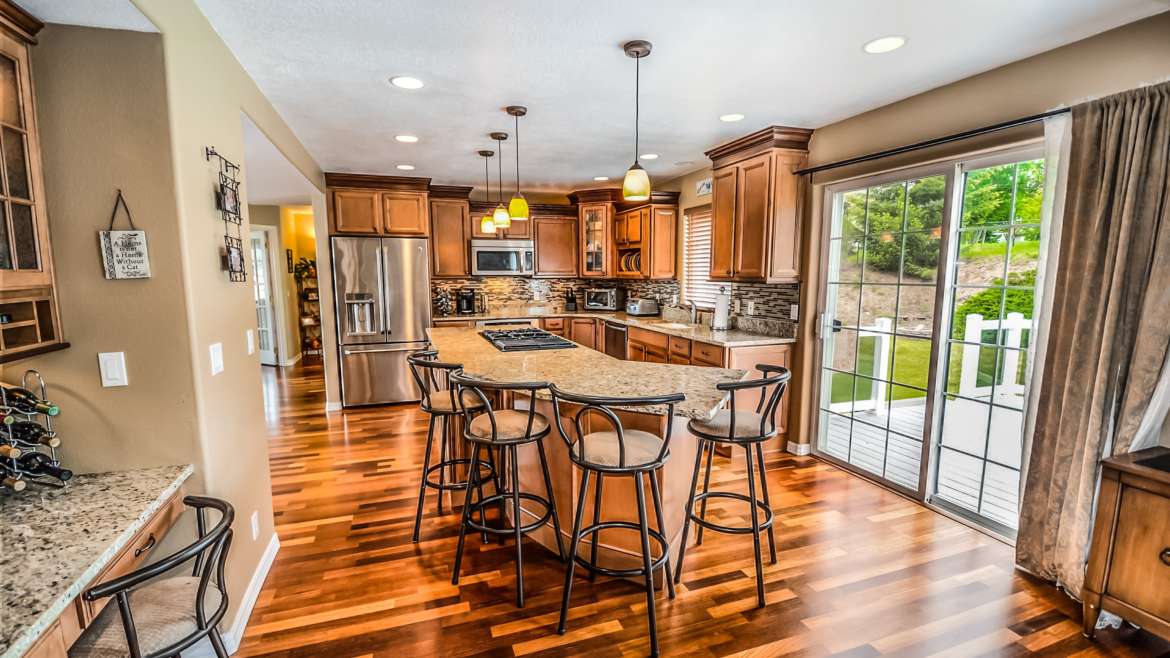Recognizing quality wood furniture can be hard these days. Many pieces look fabulous in the store, only to prove weak once you get them home and begin to use them. Here is something to look for, and what to shun, when shopping for your next section of wood furniture.
When made with high-quality solid construction and materials, wood furniture can remain for decades and sometimes even centuries. But not everything you notice in shops is built to last. Buy something that’s made poorly, and you’ll start to see wear and tear way too soon. How can you tell the difference? It’s harder than you might think. The first point to pay attention to is the wood itself.
Solid wood.
The highest-quality stuff for wood furniture is solid wood. This kind of furniture will be made from individual pieces of wood or wood boards that are glued together to form panels — trees are only so full, after all. If something is described as being made with solid wood, find out if that represents the entire piece or just certain parts.
Hardwood.
Solid wood can be classified as either softwood or hardwood. Hardwood comes from slower-growing trees, and the wood is solid and more resistant to dings. Common hardwoods include ash, oak, cherry, walnut, and maple.
Softwood.
Softwood becomes from faster-growing trees, and the wood is less thick. Some general softwoods are fir, pine, and accessible. Since these trees grow faster, furniture made using their wood tends to be less expensive than pieces made from hardwood.
Domestic wood.
Domestic wood becomes from trees that are grown and processed in the United States. Common local wood species include oak, maple, cherry, walnut, ash, standard, and pine.
A quick announcement about how wood is described: The classes can represent either the material or the stain color. So something described as walnut might be stained that color but be made from pine. This isn’t necessarily bad — make sure you know what you’re getting. You shouldn’t be paying walnut prices for a piece of furniture made from less-expensive wood.
Imported wood.
A lot of imported furniture is constructed from tropical wood varieties such as mango, rubberwood (sometimes known as plantation hardwood), acacia or Sheesham (a type of rosewood). These kinds can provide a sturdy part of the furniture, but they may be sensitive to cracking if they’re coming from a humid environment to a drier one.
Benefits of solid wood.
Ensuring that your furniture is 100 percent solid wood is a pretty fail-safe way to know that you’re purchasing something high-quality. Solid wood construction is exceptionally long-lasting and can be easily refinished and repaired down the road.
Cons of solid wood. Solid wood is the best option for furniture but, as with any genetic material, there can be downsides. Solid wood is more sensitive to changes in climate, which may cause it to warp or crack. It’s also more valuable than furniture made from engineered wood commodities.
Plywood. Plywood (known also engineered hardwood) is made by gluing together tiny layers of solid wood. When used in furniture construction, plywood is covered with a thin layer of stained and finished wood — a veneer.
Pros of plywood. The principal benefit of plywood is that it’s constant when the weather changes and is less likely to crack or warp in dry climates. It can also give you a substantial part of the furniture at a lower price than solid wood.
Cons of plywood. Sometimes the quality of plywood gets down to the property of the veneer. Poor-quality covers can chip, revealing the lower-quality wood underneath. Impairment may also be difficult to repair since the size of the furniture is made using different wood classes than the veneer. Also, some plywood is made using chemicals with formaldehyde, which can affect indoor air quality, although formaldehyde-free plywood is available.
MDF.
Medium-density fiberboard is manufactured from wood waste products (primarily sawdust) that have been combined with resins. The mixture is pressed to create flat, large boards. For furniture, MDF is completed with a non-wood laminate or layer of real-wood veneer.
Pros and cons of MDF. There are other cons than pros when you are talking about MDF furniture. Items made from it are less valuable than those made of plywood or solid wood, which makes them budget-friendly. However, MDF requires a lot of elements to make and is the highest-formaldehyde-emitting wood product out there. Other downsides: Water can easily damage it, it’s difficult to repair, it doesn’t hold screws very well, and it’s heavy.
Particleboard. Made similarly to MDF, particleboard uses larger wood scraps to create boards. You can differentiate particle board from MDF by spotting the pockets of air when looking at it from the side.
Pros and cons of particle board. The one particular particle board has going for it is that it’s cheap. And then there are the downsides: It releases formaldehyde, requires a lot of chemicals to produce, is susceptible to moisture damage and doesn’t hold pins well. Particle board furniture tends to loosen up quickly, resulting in wobbles.
Veneers.
A veneer is a fragile layer of real wood that is suited to the outside of a part of the wood furniture. It can be appended to any of the wood products discussed above. Veneers are used when you want to match up wood grain to create a design, or to cover a lower-cost piece of furniture.
Selecting veneered furniture. Veneer quality varies widely. Look for those that are thicker, have excellent adhesion and are glued to solid wood or plywood as opposed to MDF or particle board. Poorly done veneers can peel and chip.

